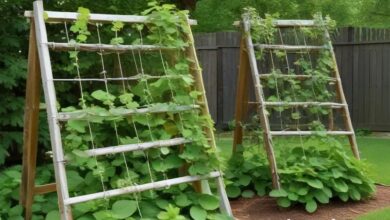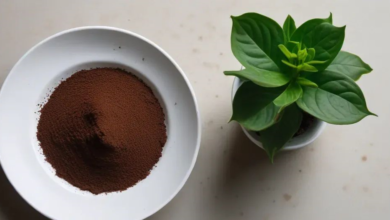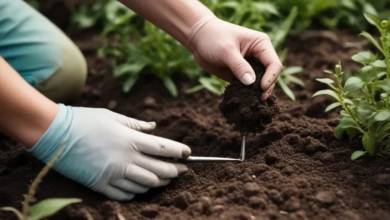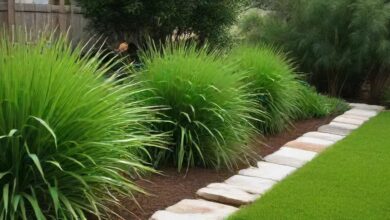How To Construct Your Very Own Compost Bin
A Step-by-Step Guide to Building and Using Your Own Compost Bin
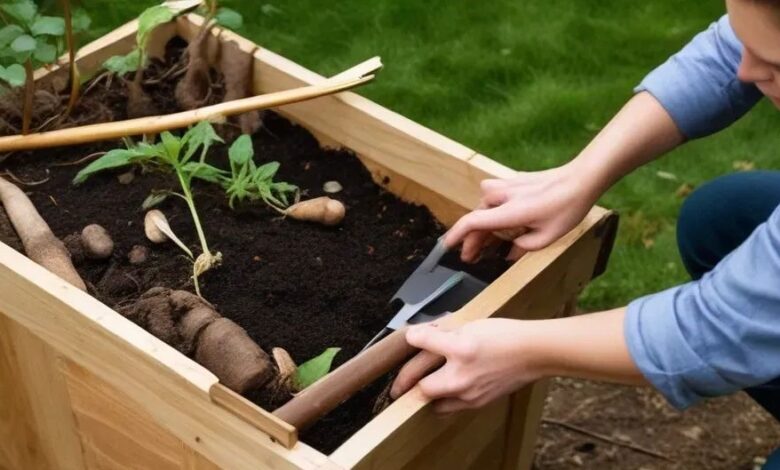
The act of composting is an environmentally sustainable strategy that yields benefits for both gardens and the natural surroundings. By converting organic waste into soil that is abundant in nutrients, you can enhance the quality of soil, minimize the amount of garbage disposed in landfills, and cultivate more robust plants. Constructing a personal compost bin for one’s yard is a simple and gratifying undertaking. Adhere to this systematic procedure to establish an operational composting system directly in your backyard.
Step 1: Select a Suitable Location
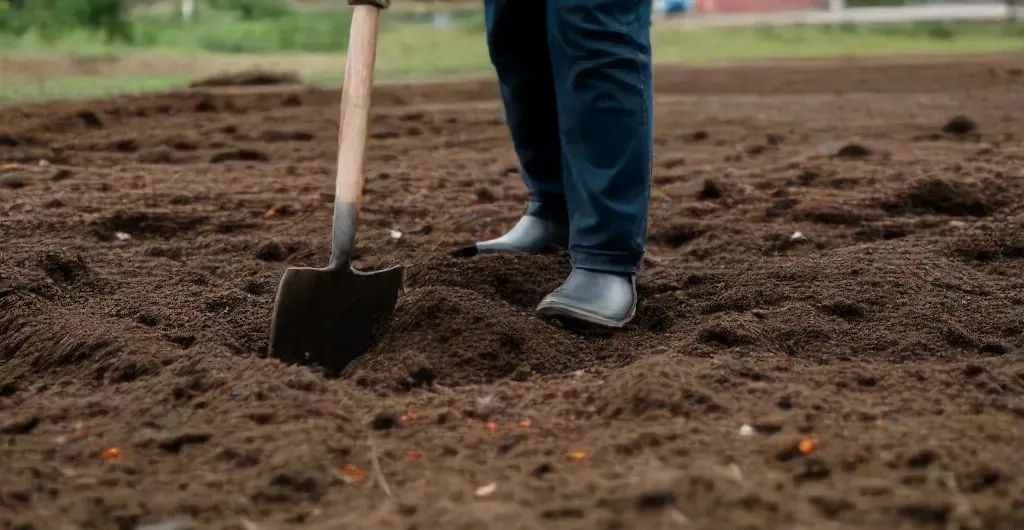
Select a flat region inside your yard that is exposed to a moderate amount of sunshine. Make sure the area is conveniently reachable for the purpose of adding materials and rotating the compost. To prevent root intrusion, it is advisable to position the compost bin at a safe distance from structures or trees.
Step 2: Gather Materials and Tools
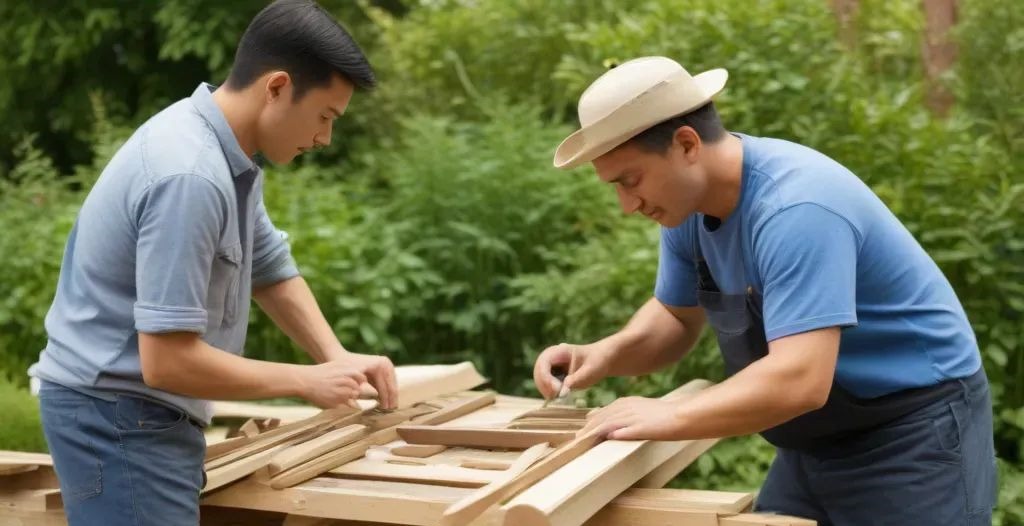
For this project, you will need:
- Four wooden pallets or untreated lumber
- Galvanized screws or nails
- Wire mesh or hardware cloth
- Hinges and latch (optional)
- Drill or hammer
- Saw (if using lumber)
Step 3: Construct the Frame
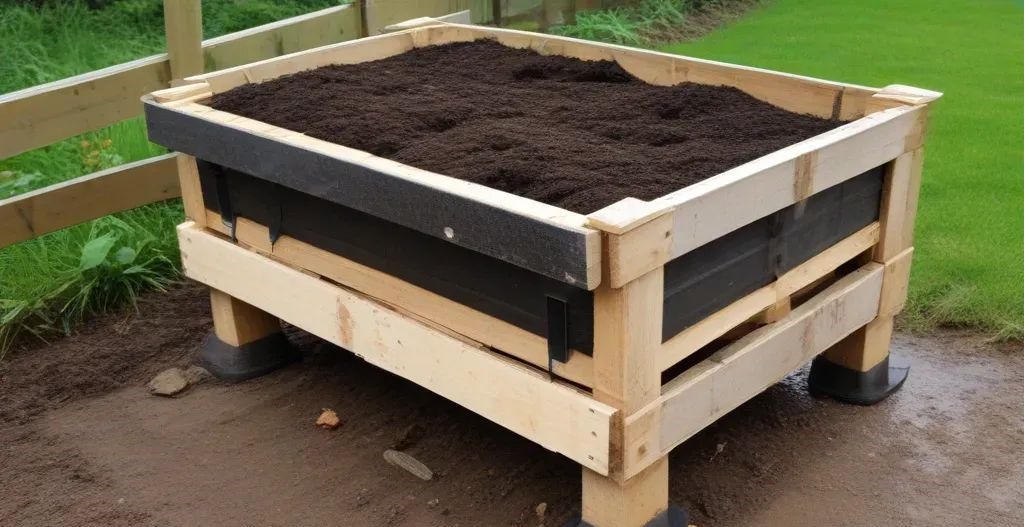
1. Prepare the Pallets/Lumber:
The wooden pallets should be disassembled or the lumber should be cut to required dimensions. It is imperative to ensure that the materials remain untreated in order to mitigate the risk of chemical leaking into the compost.
2. Construct the framework:
The pallets or lumber should be organized in a square or rectangular configuration in order to construct the walls of the compost bin. To establish a robust framework, it is advisable to fasten the corners using galvanized screws or nails.
Step 4: Install Ventilation
1. Connect Wire Mesh:
To accommodate the aperture of one side of the compost bin, it is recommended to trim a section of wire mesh or hardware cloth. Utilize staples or nails to affix it to the frame. This will facilitate optimal air circulation while concurrently mitigating the risk of pest infiltration.
Step 5: Add Door Options
1. Install a Door (Optional):
Optionally, construct a door on one side of the compost container to facilitate convenient entry. To facilitate the swinging motion of the door, affix hinges to one side of both the frame and the door. Implement a latch or hook mechanism to ensure the door remains closed while not in use.
Step 6: Place and Fill the Bin
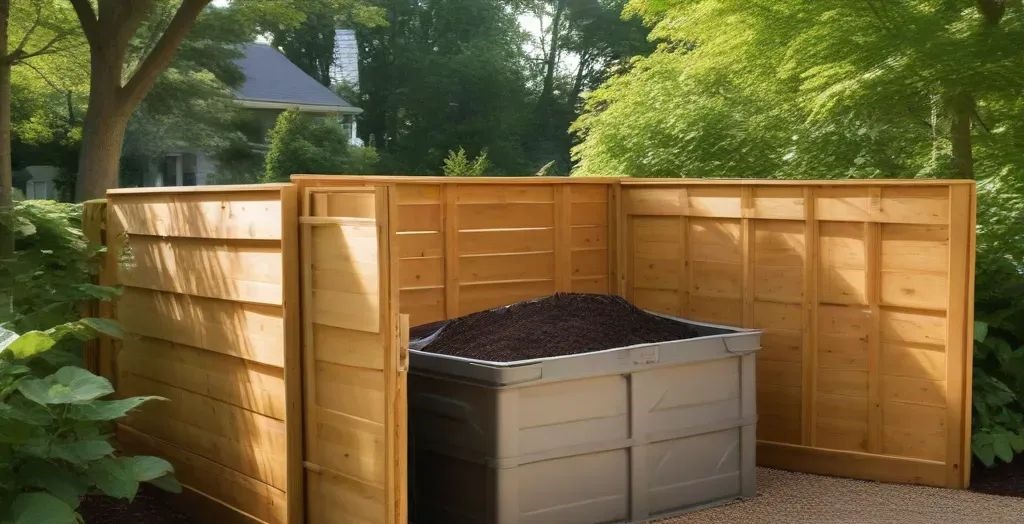
1. Position the Bin:
After the compost bin is full, set it aside in the spot of your choosing in your yard. Make sure it’s level and stable.
2. Start Composting:
Put in the trash can all of your organic refuse, including discarded fruits and vegetables, leaves, grass clippings, and coffee grounds. For a well-balanced compost pile, remember to stack items that are rich in carbon and nitrogen, respectively.
Step 7: Maintain and Monitor
1. Turn the Compost:
To keep the compost pile turned, turn it every few weeks using a shovel or pitchfork. Decomposition can be accelerated by aerating the pile in this way.
2. Monitor Moisture and Temperature:
Make sure the compost stays damp, but not soaked. Just a little watering will keep the compost pile from being too dry. Keep an eye on the temperature using a compost thermometer; for optimal decomposition, aim for a range of 120–160°F, or 49–71°C.
Step 8: Harvest Your Compost

Your compost will be garden-ready after a few months of breaking down. It ought to smell earthy and have a dark, grainy consistency. Dig out the completed compost from the bin’s base, letting the incomplete stuff stay behind to keep decaying.
Conclusion
An easy and sustainable solution to handle organic waste and improve soil quality is to construct a compost bin in your own backyard. You may build a basic composting system that will serve your garden well for many years by following these detailed instructions. Waste not, want not!


